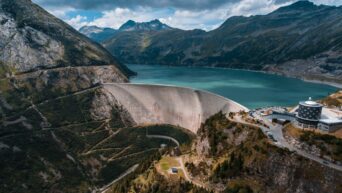As NASA continues to look for life on the big red planet of Mars, they have just confirmed the date of their next mission, as well as their designated landing area.
Slated for launch in July of 2020, the Mars Rover will be shipping out and landing on what is known as the “Jezero” crater. Initially, there were more than 60 candidates for possible landing zones for the Mars Rover. After thorough analysis by the mission team and experts within the community, the decision was made to land in the Jezero crater. The Jezero, which is 28-miles-wide, is located on the western edge of what is known as the Isidis Planitia basin, which is to the north of the Martian equator. The area was chosen as the Rover’s landing zone due to the geologically rich terrain of the area.
According to Thomas Zurbuchen, an associate administrator for NASA’s Science Mission Directorate, the area contains land forms that may date back as far as 3.6 billion years. The area could go a long way towards significantly improving our understanding of astrobiology and planetary evolution. In addition to collecting numerous rock and mineral samples, scientists are hoping that the rover will be able to also discover past microbial life in the area. They believe that the carbonates located within the crater have a high likelihood of having preserved some signs of past life.
The terrain of the Jezero Crater, however, acts as a double-edged sword for the rover. The rocky terrain could go a long way towards improving our understanding of the big red planet, but it will also make landing the Rover in the area tricky. Jezero crater has been on NASA’s priority list for quite some time, but it wasn’t until now that they possessed the technology capable of making the journey and sticking the landing.
A finalized report of of NASA’S game plan will be presented in the Fall of 2019 at NASA Headquarters to an independent review board. The Mars 2020 Rover will be launched from Cape Canaveral Air Force Station in Florida.
































